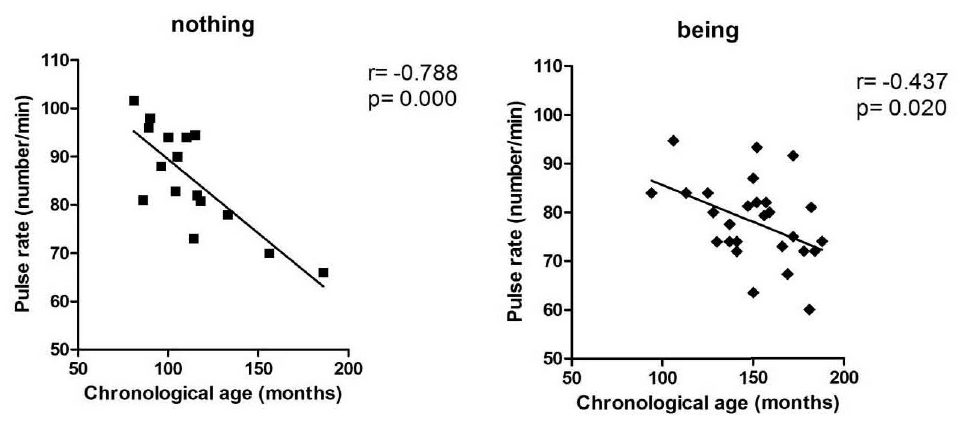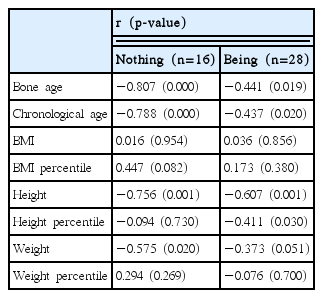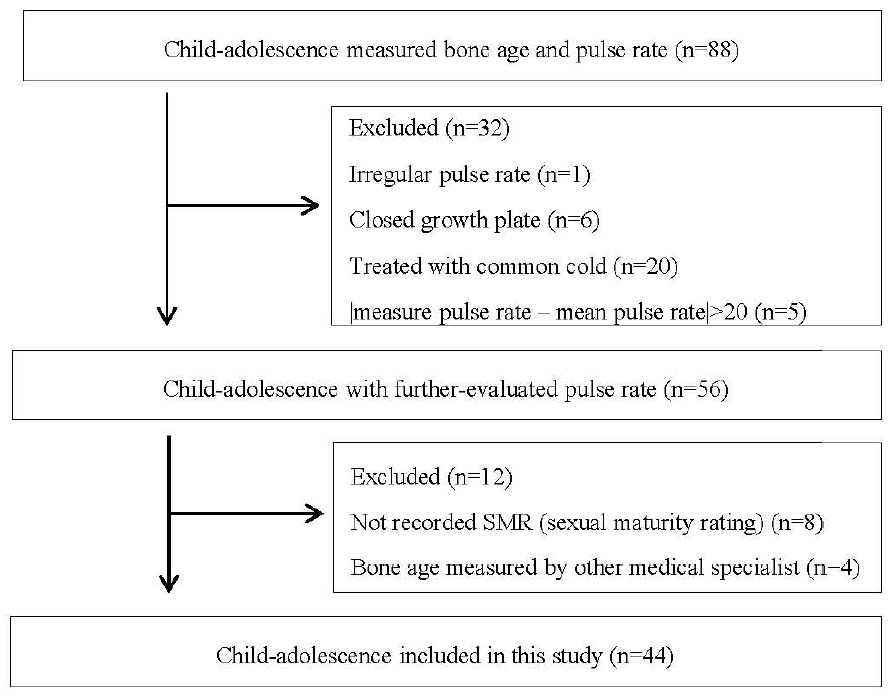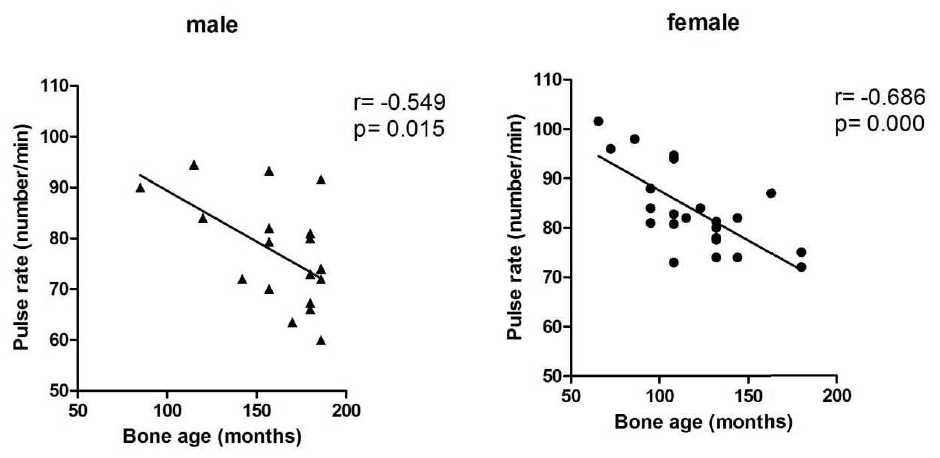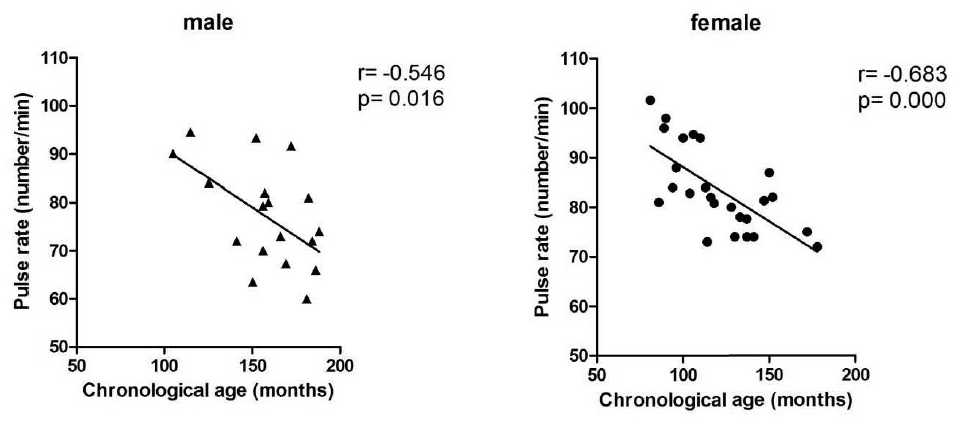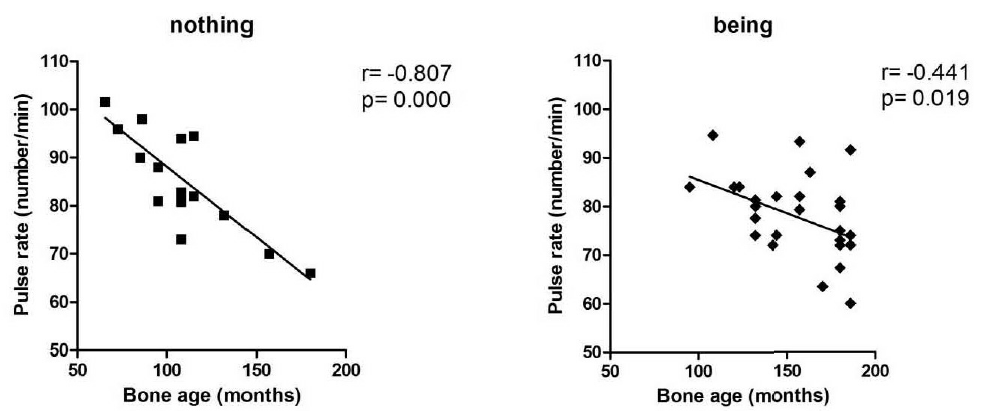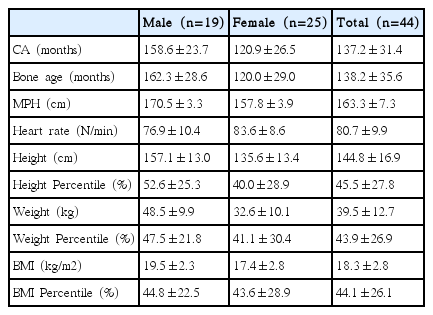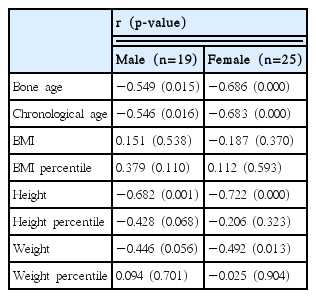References
1. Hong CE. Textbook of pediatrics 9th edth ed. Seoul: Textbook Publishing Co; 2008. p. 13–9.
2. Lee YJ, Baek JH, Ko MJ, Seo JM. Herbal Medicine Promotes Growth of Children. J Pediatr Korean Med 2011;25(1):49–62.
3. Voss LD, Mulligan J. Bullying in school: are short pupils at risk? Questionnaire study in a cohort. BMJ 2000;Mar. 4. 320(7235):612–613.
4. Voss LD, Sandberg DE. The psychological burden of short stature: evidence against. Eur J Endocrinol 2004;Aug. 151(Suppl 1):S29–33.
5. Wheeler PG, Bresnahan K, Shephard BA, Lau J, Balk EM. Short stature and functional impairment: a systematic review. Arch Pediatr Adolesc Med 2004;Mar. 158(3):236–243.
6. Stephen MD, Varni JW, Limbers CA, Yafi M, Heptulla RA, Renukuntla VS, et al. Health-related quality of life and cognitive functioning in pediatric short stature: comparison of growth- hormone-naive, growth-hormone-treated, and healthy samples. Eur J Pediatr 2011;Mar. 170(3):351–358.
7. Armstrong N, Welsman JR, Kirby BJ. Submaximal exercise and maturation in 12-year-olds. J Sports Sci 1999;Feb. 17(2):107–114.
8. Tanner JM, Landt KW, Cameron N, Carter BS, Patel J. Prediction of adult height from height and bone age in childhood. A new system of equations (TW Mark II) based on a sample including very tall and very short children. Arch Dis Child 1983;Oct. 58(10):767–776.
9. Greulich WW, Pyle SI. Radiographic atlas of skeletal development of the hand and wrist 2nd edth ed. Redwood City, Calif: Stanford University Press; 1959.
10. Lee DJ, Lee JY, Kim DG. Measure of Bone Age through Greulich-Pyle Method, Tanner- Whitehouse Method and Ultrasound Transonic Velocity of Inferior Radiocarpal Joint. J Pediatr Korean Med 2008;22(2):69–80.
11. Lee CS, Chung SS, Son HS, Park BJ, Choi MD. Reevaluation of Risser Sign in Estimating Skeletal Maturity. J of Korean Orthop Assoc 2000;35(1):135–139.
12. Chae WS. Introduction to Korean Medicine Seoul: Daesungmunhausa; 1997. p. 310.
13. Lee BK, Kim TH, Park YB. Diagnostics of Korean medicine Seoul: Seongbosa; 1986. p. 161–2.
14. Ostchega Y, Porter KS, Hughes J, Dillon CF, Nwankwo T. Resting pulse rate reference data for children, adolescents, and adults: United States, 1999–2008. Natl Health Stat Report 2011;Aug. 24(41):1–16.
15. Lee KH. Growth Assessment and Diagnosis of Growth Disorders in Childhood. Korean J Pediatr 2003;46(12):1171–1177.
16. Kang KY, Han JK, Kim YH. The Study on Correlationship between Parent’s Height and Adult Height Prediction according to TW3 Method. J Pediatr Korean Med 2012;26(3):46–54.
17. Seo YM, Chan GT, Kim JH. A study on growth and development of children by ultrasonic image of calcaneus bone. J Pediatr Korean Med 2003;17(2):1–13.
18. Lee YM, Kim KW, Yoon YJ. Correlations between dental and skeletal maturity. Kore J Orhod 2000;30(2):143–157.
19. Kim SJ, Chu MK, Han JK, Ko HG, Shin MS, Kim SJ, et al. The Effect of Oriental Medicine on Growth of Children and Study on BMD as a Growth Measurement. J Oriental Rehab Med 2007;17(2):199–207.
20. Bryant J, Baxter L, Cave CB, Milne R. Recombinant growth hormone for idiopathic short stature in children and adolescents. Cochrane Database Syst Rev 2007;Jul. 18(3):CD004440.
21. Bjork A, Helm S. Prediction of the age of maximum puberal growth in body height. Angle Orthod 1967;Apr. 37(2):134–143.
22. Kim KH, Baik HS, Son ES. A Study Menarche and Skeletal Maturity among Various Malocclusion Groups. Korea J Orhod 1998;28(4):581–589.
23. Divall SA, Radovick S. Growth Hormone and Treatment Controversy; Long Term Safety of rGH. Curr Pediatr Rep 2013;Jun. 1. 1(2):128–132.
24. Kim KS, Kim KH, Choi CH, Lee S, Kim BS. Study on Pulse Simulator of Oriental Medicine for Objective Structured Clinical Examination (OSCE). J Korean Oriental Med 2011;32(1):1–11.
25. Kim HH, Lee J, Kim KW, Kim JY. Proposal for Pulse Diagnosis Positions (Chon-Kwan-Chuk) for Pulse Analyzer Based on Literature Review and Anthropometry. J Korean Oriental Med 2007;28(3):13–22.
26. Ha IY, Youn YC, Youn DH, Choi CH, Lee YS, Lim SI, et al. Comparative Study of Speed, Size and Depth of Pulse on the Traditional Pulse Diagnosis and Pulse Analyzer. Korean Journal of Acupuncture 2011;28(1):23–37.
27. Yun HJ, Seo JM, Kang MS, Baek JH. A Clinical Study on Growth and Development of Children Based on Their Bone Age Measured by Hand’s X-ray Image and Calcaneus’s Ultrasonic Image. J Pediatr Korean Med 2008;22(2):155–170.
28. Lee YJ, Yun HJ, Kwak MA, Baek JH. A Study on Relationships between Bone Age and Body Composition. J Pediatr Korean Med 2009;23(2):145–157.
29. Yun HJ, Lee YJ, Baek JH. A Clinical Study on Growth of Children Based on Analyzing Body compositions And Measuring Bone Age. J Pediatr Korean Med 2009;23(2):131–144.
30. Lee DH, Lee JY. The Study on the Characteristics of Ryodoraku Score in the Children Who Visited Department of Pediatrics, Hospital of Oriental Medicine for Growth Treatment. J Pediatr Korean Med 2007;21(3):145–156.
31. Seo HY, Han JK, Kim YH. A Study on Relations between Obesity and Skeletal Maturity. J Pediatr Korean Med 2008;22(2):19–35.
32. Song JK, Yoo SH. Relationship between Skeletal Maturation and Physique, Body composition of Adolescents. The Korean Journal of Physical Education 2000;29(4):534–545.
33. Kim CY, Chang GT. A Study on the Growth, Skeletal Maturity of Chidren with Low Weight. J Pediatr Korean Med 2010;24(2):147–158.
34. Kim CY, Chang GT. A study on the Growth, Skeletal Maturity of Children with Obesity. J Pediatr Korean Med 2012;12(1):9–19.
35. Lee HL, Han JK, Kim YH. A Study on Relations between Skeletal Maturity and Heart Rate Variability The journal of Korean oriental pediatrics. J Pediatr Korean Med 2012;26(3):1–11.
36. Ju S. Sagouihakchongseo(759)-Bojebang(13) Sanghae: Sanghaegojeokchulpansa; 1991. p. 36.
37. Bu J. Jungguguihakdaegye(6)-Rosingyeong Daebuk: Sangmuinseogwan; 1990. p. 3.
38. Baik YS. A study on The Characteristic of Traditional Pediatric Pulse Diagnosis. J. Korean Medical Classics In press. 2014;27(1)
